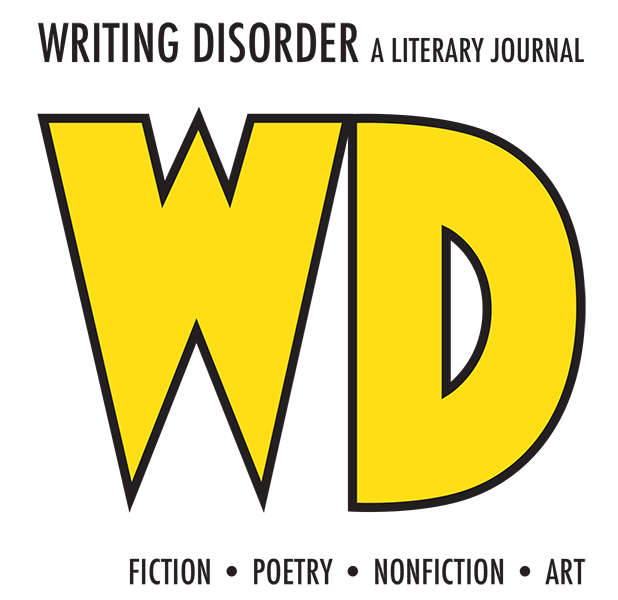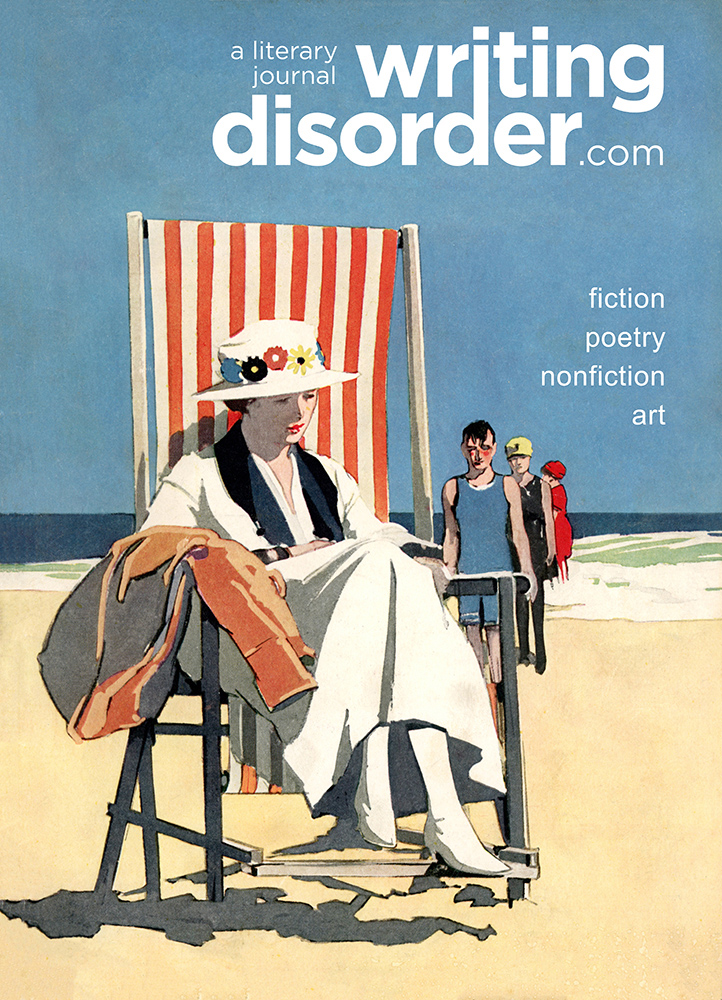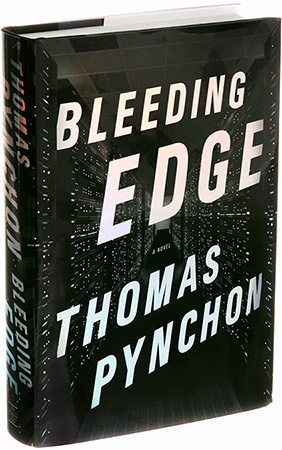
BLEEDING EDGE
by THOMAS PYNCHON
Penguin Press HC, 2013
496 pages
How to Read Bad Books by Great Writers:
A Review of Thomas Pynchon’s Bleeding Edge by David Letzler
Over the years, I’ve come to group readers into two categories: some of us are aficionados, and others are connoisseurs. Aficionados devote themselves utterly to a small stable of writers: for instance, on the day that a budding Margaret Atwood aficionado first reads The Hand-Maid’s Tale, she hurriedly looks up the release date of the next Atwood book to mark it on her calendar, then runs off to acquire and read everything else Atwood has written, back to The Circle Game. Nothing can deter her: if reviewers are unimpressed with the latest book, they must simply lack her own deep understanding of Atwood’s artistry. A connoisseur, on the other hand, believes that since even an excellent writer only manages a couple of great books in a career—and since there are many great books out there—he is better served reading widely than deeply. Even if impressed with Junot Díaz’s The Brief, Wondrous Life of Oscar Wao, for example, he might decide, upon seeing that This is How You Lose Her is yet another compendium of tales about how Dominican men just can’t stay faithful to their women, that there are probably other books out there worthier of his time. If a connoisseur has favorite writers, it is because he loves their very best books, and he believes the best way to honor those books is to avoid reading those that do not live up to their standards.
For music and film as well as books, I tend to be a connoisseur(*1). However, just as even the most devoted aficionados occasionally break fidelity to experiment with someone new, I sometimes turn aficionado: as a teenager, I strayed from my dutiful survey of the Greatest Rock Albums of All Time to spend time with the lesser works of Paul Simon, and as an adult I have read all five thousand dense pages of Thomas Pynchon’s nine published books. Gravity’s Rainbow is, I think, the greatest American novel, and Mason & Dixon and V. are also on my long list, so consequently, I’ve decided any new book he puts out deserves my attention. Being a part-time aficionado in this way reminds you that there are some wondrous things just beyond the mainstream: the only way you’re going to find songs like “How Can You Live in the Northeast?”, for instance, is to listen through the new album Simon puts out every five years, and the only way you’ll read scenes as sparkling as the apotheosis of the airship Inconvenience is to get all the way to page 1085 of Against the Day. That said—you have to sit through a lot of mediocre Simon songs to get to the revelations, and Against the Day, though it has plenty of beautiful passages, doesn’t have one thousand and eighty-five pages of them. Being a part-time aficionado, in other words, also reminds you of the arguments for connoisseurship in the first place.
This year’s Bleeding Edge, though, looked as if it might add to Pynchon’s impressive list of era-redefining masterpieces, rather than his second tier of minor delights. It was to be set in New York, circa September 11th, 2001, and would focus on fraud investigator Maxine Tarnow’s exploration of the darker corners of the young Web, making shattering discoveries along the way about the connections between era’s financial malfeasance and geopolitical catastrophes. Upon its release, the book got all sorts of positive press, including a National Book Award nomination. When I agreed to review it for The Writing Disorder, I was optimistic that it would, as several of Pynchon’s books had in the past, cut through our morass of incoherent cultural discourse to clearly and powerfully articulate where our civilization might be headed.
After I had read it, though, I considered withdrawing my offer. It’s a lousy book, probably Pynchon’s worst, and negative reviews of books by famous writers usually benefit no one(*2). But I don’t like refusing assignments, so I’ll use this essay, instead, to talk about an important and underexplored element of the reading life: what to do with bad books by great authors. While most people choose simply to avoid discussing bad books (“if you can’t say something nice,” etc.), there is a lot to be learned from them about craft: after all, nothing quite highlights the artistry of Raiders of the Lost Ark so well as Indiana Jones and the Kingdom of the Crystal Skull. In this review, then, I want to point out four specific problems in Bleeding Edge, which collectively make it fail where Pynchon’s masterpieces have succeeded. (For those who have not read the book yet, I’ll arrange them in order of least to greatest spoiler content.) If the goal of criticism is to call attention to the valuable aspects in art, then a negative review of Bleeding Edge can at least use the book to demonstrate, in relief, what is so excellent about Pynchon at his best.
Problem No. 1: On the Present Tense
Bleeding Edge is written in the present tense. Many of the book’s reviewers have noted this metaphorically—i.e., that it does not have a historical setting, as did the colonial Mason & Dixon and fin-de-siècle Against the Day—but it’s also literally true. On page 1, we read, “It’s the first day of spring 2001, and Maxine Tarnow, though some still have her in their system as Loeffler, is walking her boys to school” —not “It was the first day” or “walked her boys to school.” Perhaps that doesn’t seem so strange—given the setting, it might even appear appropriate—but Pynchon’s three other novels set more or less at the same time they were written (V., The Crying of Lot 49, and Vineland) all use the simple past: it’s only in his chronologically-loopy historical tours de force Gravity’s Rainbow and Mason & Dixon that Pynchon uses the present. As innocuous as the choice might seem, I think it’s at the root of the book’s problems.
In 1987, William Gass, one of the few living fiction writers that postmodernists will allow in Pynchon’s league, penned an irascible essay about the present tense for the New York Times Book Review, lambasting its use in the minimalist stories that were then gaining favor over his brand of erudite metafiction. When used by great writers, Gass notes, the simple present signifies a “habitual present”—things that happen persistently and without change—which can then be juxtaposed to singular events operating in other tenses, collectively generating a “thick present, a present made of a deep past.” However, he adds, this is not how the present tense is used in much contemporary fiction: there, it is frequently deployed under the pretense that it makes a story feel more “authentic” or “immediate”—even though, of course, no one uses the simple present this way in real life(*3). Consequently, Gass claims this use of the present is “thin,” and even readers who find his essay overwrought and reactionary otherwise can probably agree that this adjective is appropriate for describing a certain kind of creative-writing-workshop piece written in the present.
Now, Gravity’s Rainbow and Mason & Dixon have thick presents. Famously, Gravity’s Rainbow begins, “A screaming comes across the sky”—but that is only because a supersonic V2 rocket has already hit, foreshadowing the novel’s extended treatment of complex and inverted causalities. Similarly, Mason & Dixon’s opening sentences, setting up the book’s frame-tale about the young republic’s subjunctive possible worlds, span a variety of verb forms—“Snow-Balls have flown their arcs,” “the Sleds are brought in,” “shoes deposited in the back Hall,” “the Children, having all upon the Fly, among the rhythmic slaps of Batter and Spoon, coax’d and stolen what they might,” “Here have come to rest a long scarr’d sawbuck table,” etc. Even Pynchon’s books written in the past tense tend to apex when timeframes scramble, as when Sidney Stencil in V. realizes that there is “No time in Valletta. No history, all history at once” or when Merle Rideout in Against the Day uses the Integroscope to run his deceased daughter Dally’s old photograph forward in time. Pynchon, in other words, has always been at his best when the time is out of joint.
Bleeding Edge does not use the present tense this way, however. Instead, it sticks to the linear, close-third present tense that we see in the first sentence, consequently forcing Pynchon to spend much of the book recording his hard-boiled heroine’s perceptions of ephemeral minutiae and local color rather than deploying his characteristic syntactic fireworks. It may not quite be minimalism, but it’s not really Pynchon either. I had wondered if he does this to mimic the conventions of the female-investigator genre, but no: the annals of Maxine’s predecessors—Sue Grafton’s Kinsey Millhone, Patricia Cornwall’s Kay Scarpetta, Janet Evanovich’s Stephanie Plum—are all written in the first-person-past. Regardless of the reason, this decision severely constricts Pynchon’s prose. Reading him describe adolescent disgust at organic food (“‘Sprout Loaf? Organic Beet Fritters? mmm-mmm’”) and relay Jewish women’s reminiscences of their first visits to Loehmann’s (“It was boot camp. Gave you discipline and reflexes”) is occasionally amusing, I guess, but it tends toward pastiche rather than insight, and it’s not his strength. If Don DeLillo’s Ratner’s Star came off as a Pynchon novel written by someone without Pynchon’s scientific acumen, then Bleeding Edge sometimes feels like the reverse, Pynchon trying to write a DeLillo novel without the latter’s feel for mimetic chatter and idle musings.
Granted, The Crying of Lot 49 and Inherent Vice were similarly focalized on the linear narratives of investigator-protagonists, but at least in those books Pynchon could sketch their sixties California milieu effortlessly and with precision. (Think of how Shasta Hepworth’s “sandals, bottom half of a flower-print bikini, faded Country Joe & the Fish T-shirt” so effectively place us in 1970 L.A. in the latter’s opening paragraph.) The present-ness of Bleeding Edge is especially limiting because Pynchon is much less adept at the culture of the present. To place us in 2001, he relies on references to the Jennifer Aniston haircut and Doom, which, in addition to being pretty standard-issue, are about six years too late. Outside of brief shout-outs to Mitch Hedberg, Bart Simpson, and Ace Ventura—funnymen that, while in tune with Pynchon’s comic sensibilities, don’t inspire the prophetic cultural insights of, say, Underworld’s Lenny Bruce interludes—Pynchon only gets comfortable when given the opportunity to invoke 2001’s nostalgia for the late 1970s: you can see him relax considerably when he gets to drop references to Steely Dan and write a parody of “Car Wash.” Overall, then, Bleeding Edge’s entire technical framework seems, from the first sentence, to be a peculiar misuse of Pynchon’s immense talents.
Problem No. 2: On Character
The book’s setup also prevents Pynchon from doing what he does best with his characters. Pynchon’s characters have always been something of a litmus test for appreciating his books: his huge casts of eccentrically-named nutjobs tend to fascinate his fans and wear thin on everyone else. On the surface, Bleeding Edge seems to have the usual rogues’ gallery: the inadvertently-acclaimed documentarian Reg Despard, who asks Maxine to look into some fishy accounting by his mysterious tech client hashslingerz; the transplanted West Coasters Vyrva and Justin McElmo, the former of whom knows Maxine through their children’s neo-Freudian private school and the latter of whom is working on a proprietary Deep Web venture called DeepArcher; the Luciferian hashslingerz tycoon Gabriel Ice, who has his eyes on Justin’s project; a foot-fetishist hacker named Eric Outfield; a pair of Russian goons named Misha and Grisha; and so on.
But in Pynchon’s masterpieces, his characters are not weird just to be weird. Their quirks, in addition to providing comic value, explore the practical consequences of certain abstract concepts. The story “Entropy,” for instance, features a quartet that plays jazz without any melody, harmony, or instruments, but that’s not just a joke on the bare-bones tendency of modal experimentalism: it addresses the very limits of communication itself. In Bleeding Edge, though, quirk tends to be gratuitous, as in the case of Conkling Speedwell, a man with eidetic smell who wants to find out what cologne Hitler wore. This restricts our emotional engagement with the characters, and especially with the villains, who have, ever since the Lady V., been so vital to Pynchon’s metaphysical terror. James Wood once argued that Pynchon’s cartoonish characters made his treatment of evil unconvincing, writing “everyone is ultimately protected from real menace because no one really exists. […] The Nazi captain Blicero in Gravity’s Rainbow, or the ruthless financier Scarsdale Vibe in Against the Day, are not truly frightening figures, because they are not true figures.” That is a grossly inadequate description of Blicero, terrifying precisely because he is so similar to the Herero hero Oberst Enzian, whom he loves passionately and abuses grotesquely. It is, however, a fair treatment of Vibe, and it’s even truer of Gabriel Ice. Ice is a caricature of the sniveling tech profiteer, a foul-mouthed Snidley Whiplash who gets dialogue like, “Listen to me bitch, I’ll buy as many judges as I need to, but you’ll never see my son again. Fuckin never.” Characters like Ice may be “true” in the sense that people as blandly awful as them do exist, but I think what Wood means is that their one-note crassness prevents readers from having to spend any time thinking about them, which severely limits their fictional function. Far scarier is a villain that makes readers realize what can be so enticing about such personalities, and how thin is the line between good and evil.
It’s possible that Pynchon simply lacks the intuitive grasp of the paradoxes of high finance and computer science (in contrast to his earlier work’s command of physics, astronomy, and vector theory) to make the book’s characters as interesting as they could be. Though Maxine knows enough math to name-check interesting phenomena like Benford’s Law, she does so only to engage their practical rather than theoretical implications. When Igor Dashkov asks her about the safety of his investments with Madoff Securities, she simply replies (with the immense benefit of hindsight) that Madoff must be running a Ponzi scheme, which is not especially edifying to any reader who follows the news(*4). Maxine may be the one character in the book who isn’t just a slapdash oddball, but as contrasted to Oedpida Maas’s philosophical seeker, she’s more a pragmatic Jewish mother (albeit one toting a revolver): you’d prefer her as a friend, but she’s not an ideal protagonist for a systems novel.
As a result, Bleeding Edge’s dramatis personae are often reduced to little more than plot explication. If someone with more patience than I were to run Bleeding Edge though an OCR scanner alongside Pynchon’s other books and do some data-mining, I suspect they’d find that it has the highest percentage of dialogue in his oeuvre. Without the time-warping, expansively-inclined central narrators of his earlier books, the requisite intricacies of Pynchon’s narrative end up having to be exchanged verbally, which makes both the prose and the characters speaking it much duller than Pynchon is capable of writing. Combined with the problem of the present tense, the effect is sort of like what basketball fans felt in 1994 watching Michael Jordan, on hiatus from the NBA, play minor-league baseball badly for the White Sox: the strides and leaps that looked so spectacular when executing free-throw-line dunks seem far less impressive when they fail to catch fly balls.
Problem No. 3: On Conspiracy Theory
There is one place in the book, though, where Pynchon pulls off one of his patented ontological time warps. It occurs on the night of September 10th, at a techie instant-nostalgia party for the 1999 dot-com collapse, which concludes to the chords of Semisonic’s “Closing Time” as everyone stumbles home “under silent assault, as if by something ahead, some Y2K of the workweek that no one is quite imagining.” Pynchon is not original in yoking together turn-of-the-millennium tech-finance instability and 9/11, but the link is worth exploring. After all, in tandem the two at least partly refuted the 1990s thesis that we were at the “end of history,” that the new century would bring perpetual peace and prosperity in the form of a unified world-system of liberal democracies joined by an optimized capitalist market that would simply make everyone richer and richer. New York on September 12th, then, might be depicted as something like the postwar Zone in Gravity’s Rainbow, a site of catastrophic destruction awaiting (in both anticipation and terror) the arrival of a new worldview to replace an old one still freshly smoldering in the streets.
That idea’s great promise makes what Pynchon does with 9/11 quite disheartening. I’ll put it this way: the word “al-Qaeda” appears exactly once in Bleeding Edge, as does the name “Osama bin Laden”; all other references to any other individuals potentially involved with either of them take up less than one page total. Many more pages, meanwhile, are devoted to what has long been Pynchon’s hobbyhorse, conspiracy theory. There’s video of suspicious feds with Stinger missiles; a set of financial records linking hashslingerz and the CIA to certain Islamist groups; a litany of truther talking points, including the suspicious fluctuations in United and American Airlines stock prices in the week leading up to the attacks; and so on. If the book’s not a full-on truther manifesto—these plot strands, to be fair, never lead anywhere concrete—it’s clear that Pynchon thinks they’re the most promising avenue for analysis. As Maxine’s friend Heidi tells us, “No matter how the official narrative of this turns out […] these are the places we should be looking, not in newspapers or television but at the margins, graffiti, uncontrolled utterances, bad dreamers who sleep in public and scream in their sleep.”
But if the late-twentieth-century novels of Pynchon and his cohort had elevated paranoid conspiracy theory into something of an epistemological weltanschauung, the September 11th attacks ought to have reminded everyone that it usually derives from nothing more complex than bigotry and ideological rigidity. Take, for instance, the view—held by a not-insignificant number of people both in 2001 and today—that every major event in contemporary politics is controlled by a malevolent cabal of Jewish financiers. 9/11 should have been received as a rejection of that thesis: after all, if the defining global event of the early millennium was executed by anti-Israel terrorists, targeting the city with the world’s highest Jewish population and destroying the center of world finance, then that vaunted Jewish cabal couldn’t really be all that omnipotent, could it? However, faced with an irreconcilable conflict between empirical reality and dogma, these individuals, of course, find it much easier to revise reality than their worldviews, so there emerged a rumor that the Jews working in the WTC were warned of the attack and stayed home, proving that 9/11 was an inside job plotted by the Israel lobby to turn world opinion against Islam and further Zionist imperialism. 9/11 conspiracy theory, in this way, tends less to validate any postmodern thesis about the inaccessibility of truth or the machinations of all-powerful institutions than to recall Richard Hofstadter’s argument about the paranoid delusions that have always run along the margins of American politics.
Besides, in Pynchon’s best fiction, he uses paranoia not to celebrate it, but to raise questions about how we map large social formations. In Gravity’s Rainbow, Tyrone Slothrop discovers the Bland-Jamf-IG Farben conspiracy against him by becoming more paranoid, but his resulting belief that everything he encounters is connected to that plot leads him narcissistically to conceive the whole war as a stunt to manipulate him; upon finding that approach untenable, his resulting “anti-paranoia” causes his identity to scatter. Pynchon’s take on 9/11 paranoia, by contrast, is not so sophisticated. In many respects, really, his approach may derive from nothing more complicated than ideological distrust of the cops. Having invested so much energy in Vineland warning us that shows like CHiPs and Hawaii Five-0 had undermined the counterculture from within by presenting the police as benign authority figures, he has become constitutionally incapable of acknowledging genuine police heroism: regarding the NYPD’s work on 9/11, he has Heidi say, “Dating cops is like so over. Every chick in this town regardless of IQ is suddenly a helpless little airhead who wants to be taken care of by some big stwong first wesponder. Trendy? Twendy? Meh. Totally without a clue’s more like it,” which prompts Maxine to reflect upon how “arrogant” the police have become post-9/11, guilty of such acts of oppression as “yelling at civilians for no reason” and getting free “Hero” jelly doughnuts from local bakeries. (Portraits of the department’s work during the long and draining response efforts are, as you might expect, entirely absent.)
I have not made a thorough survey of 9/11 literature, but it strikes me that one reason we so far lack any really great fiction on the subject is that no writer has been able to integrate two indispensable facts about the attacks: on the one hand, the clear culpability of a deeply conservative Arab religious and political worldview in executing them; on the other, the place of that worldview within a larger global situation. To do both at the same time seems beyond the capabilities of our current ideological camps: those on the left, like Pynchon, have generally been unable to acknowledge that there could be any terrible global event for which Western imperialism is not ultimately responsible, and those further right (at least as far right as anyone in letters gets—say, John Updike) have been unable to deal with the role of Western global dominance in making Islamism so popular. That’s probably why many writers have shied away from the big picture, dealing instead with small-scale family portraits. That’s fine so far as it goes, but it’s inadequate to a lot of the event’s bigger issues and, for that matter, tends toward treacle. I don’t know how this problem will be resolved, but the writer who manages it will be the one who gets ensconced in our grandchildren’s syllabuses.
Regardless, the problems with the book’s politics run deeper than Pynchon’s contempt for the police. Subsequent to the diatribe above, Pynchon has Maxine and Heidi critique how “irony” has been scapegoated for 9/11, treated as a “fifth column” because “somehow it did not keep the tragedy from happening,” which they believe is just part of an opportunistic Establishment attempt to discredit “urban gay humor.” A number of reviewers, however, have pointed out a more obvious demographic connection involving irony, discussing its place in the intellectual white male humor of Pynchon and his aging contemporaries. In addressing this subject, several have invoked David Foster Wallace’s 1992 essay “E Unibas Pluram,” which famously claimed that the ironic strategies used by that school in the sixties and seventies for political subversion have been coopted by TV and now merely further consumerism. Through Maxine and Heidi, then, Pynchon seems to be pushing back against that attitude, advocating for the continuing political value of postmodern irony in the post-9/11 world. Yet this entire debate has always struck me as somewhat silly: irony, in the end, is just a literary trope, one that can be used well or poorly, and subsequently lacks any inherent axiological standing. (Can you imagine an aesthetic being championed for, say, its resolutely synecdochic perspective?) Arguments like Wallace’s, I think, are a byproduct of academic histories of literature: to talk about literary history, you need to identify movements, and to identify movements, you need to emphasize a broadly-defined common denominator uniting disparate writers—but by their nature, common denominators are the least interesting things about any particular book, and, moreover, they tend to be the easiest features for bad writers to mimic. If irony seems less effective now than it once did, that’s simply because a lot of mediocre writers have been using it. Irony used well can be as cutting as ever it was—just as irony used poorly was as ineffective for Daniel Defoe’s 1702 “The Shortest Way With the Dissenters” as Wallace found it in early 1990s fiction.
Pynchon does write irony well when he wants to, though it’s not on the short list of his greatest skills and certainly isn’t all-pervasive in his work. At his best, he uses it to bring out the uncomfortable tension between possible attitudes toward a complex situation: at the end of Gravity’s Rainbow, when the wisecracking narrator tells us to “Follow the bouncing ball” by singing an old Protestant hymn as we face nuclear doom, the ironic lightness of the statement highlights American cultural passivity but also suggests that there is something to be held onto in the communal experience of religion and the cinematic sing-a-long. But there’s another kind of irony that sometimes pops up in his work, too, which uses its double-voicing to sidestep problems that Pynchon doesn’t know how to solve. This type appears all too often in Bleeding Edge. For example, at one point, Pynchon has Maxine’s family spend a night out at what she calls “the last unyuppified bowling alley in the city.” Of course, Maxine is herself a yuppie through and through, but while Pynchon presumably realizes this point, there’s never any acknowledgment of our heroine’s mild hypocrisy, nor any exploration of how the anti-gentrification gentrywoman ought to conduct herself in modern New York. More seriously, it’s irritating to see Maxine’s circle of comfortably settled Upper-West-Siders (whose demographic, as many reviewers have noted, Pynchon shares) relay talking points about the city’s economic disparities that are best exemplified by their own dominance of the Upper West Side. Perhaps Pynchon is smirking behind all of this, but that’s not a sign that he’s got it all figured out—instead, it’s that he’s hasn’t got figured it out, and isn’t particularly interested in trying.
Problem No. 4: On Utopia
The book’s political vision isn’t entirely negative, though. In fact, as with much of Pynchon’s later fiction, there are some utopian impulses, which are here related mostly to the DeepArcher project. The program is originally designed as a private, dreamy oasis on the Deep Web, somewhat reminiscent of SecondLife and centered on a train depot with departures heading out to…well, it isn’t that clear, because we don’t spend much time there. This isn’t groundbreaking for fiction—William Gibson’s Neuromancer did much more with technical aspects of the idea thirty years ago—but it does extrapolate the idealistic escapes of Pynchon’s last few historical novels into a logical contemporary space. On 9/11, though, DeepArcher’s security becomes compromised, which prompts Justin and his partner Lucas to make it open-source. Unsurprisingly, the site is immediately overrun with tourists. As one longtime user complains to Maxine, “All these know-nothings coming in, putting in, it’s as bad as the surface Web.” The techie dream of an Eden insulated from the corruption of the material world is, as with so many would-be Edens before it, destroyed.
But isn’t that always the trouble with utopias—they’re perfect until any actual people get to them? There’s something distinctly elitist about disowning one’s beloved projects as soon as the masses find out about them. If striving for the beyond has any positive function in art, it has to be striving to get beyond something other than just other people. For all the energy that Marxism has devoted to theorizing about commodification and the culture industry, this line of thought always reduces to a peculiarly self-defeating form of hipsterism: anything that succeeds for a small audience is dismissed for lacking transformative scope, but anything that expands to a large audience is condemned for having been coopted. The absurd consequences of this view might be best seen through how Maxine’s disappointed interlocutor now wishes to set off for the Even Deeper Web, telling us, “They drive you deeper, into the deep unlighted. Beyond anyplace they’d be comfortable. And that’s where the origin is.” Indeed, we later read that some of the book’s other hackers have gone off the grid to devote themselves to building such a place. But if they are to create anything more than a private playground for a programmer aristocracy, it, too, will be overrun, and they’ll have to find an Even Deeper Deeper Web.
Pynchon’s best work, of course, has long struggled with this problem, but elsewhere it has more obviously acknowledged it, deriving its power from the beauty and dread involved in idealists’ efforts to create a world anew. Toward the end of Mason & Dixon, for instance, Pynchon imagines an alternate narrative in which the famous survey concludes differently:
One late Autumn, instead of returning to the Coast, the Astronomers will just decide to winter in, however far west it is they’ve got to…and after that the ties back in to Philadelphia and Chesapeake will come to mean that much less, as the Pair, detach’d at last, begin consciously to move west. The under-lying condition of their Lives is quickly establish’d as the Need to keep, as others a permanent address, a perfect Latitude,—no fix’d place, rather a fix’d Motion,—Westering. Whenever they do stop moving, like certain stars in Chinese Astrology, they lose their Invisibility, and revert to the indignity of being observ’d and available again for earthly purposes.
Using all his powers of syntax and figuration, Pynchon here tackles everything awesome and terrible about the American sublime (at least, as seen by Europeans): its possibilities for discovery and wonder, its freedom from orthodoxy, its capacity for remaking—and its potential for dissolution, destruction, and conquest. As it happens, this passage is echoed, tellingly, in Bleeding Edge. After a late night of investigation in New Jersey while her family is visiting the Midwest, Maxine reflects:
Maxine’s hair is a mess, she’s been out all night for the first time since the 1980s, her ex and their children are somewhere out in the U.S. sure to be having a nice time without her, and for maybe a minute and a half she feels free—at least at the edge of possibilities, like whatever the Europeans who first sailed up the Passaic River must have felt, before the long parable of corporate sins and corruption that overtook it, before the dioxins and the highway debris and unmourned acts of waste.
This is not the voice of a writer who approaches his book’s political implications in a spirit of exploration, his thoughts holding “no fix’d place, rather a fix’d Motion.” It is the voice of someone firmly set in his beliefs, who sees his work largely as a way to rehearse those beliefs to an audience he expects to share them. This is the voice of complacency; from a writer who has for decades so fearlessly and with such enormous scope challenged his readers’ beliefs, these provincial limitations to Bleeding Edge are deeply disappointing.
In Search of the Twenty-First-Century Novel
At some point, someone will write a novel that makes sense of the September 11th attacks—and maybe, in the process, the Internet, our financial system, and America’s role in the twenty-first century. That novel will rewrite all the contradictory dogma and platitudes plaguing existing avenues of cultural discourse: it will find figuration adequate to economic interrelations that are increasingly less comprehensible to anyone but the most specialized of specialists; it will engage a world in which radical egalitarian desires to improve access and choice are indistinguishable from the “frictionless” ideals of neoliberal technocracy; it will acknowledge that any technology that makes the transmission of information more “open” will also make it more exposed (surveillance and transparency being, after all, synonyms), eroding the private self that the literary novel has for so long fostered; it will treat religions seriously, not as arbitrary and indifferent collections of ethnic traditions but as deeply-held integrations of experience that are mutually incompatible with both each other and secularism; and it will discover why an event that killed fewer people on the day of September 11th, 2001 than did AIDS in South Africa alone should have so utterly remade the way our civilization understands the progression of its history.
I had hoped that Thomas Pynchon, who forever altered how we understood the founding of the United States and the end of World War II, might be able to pull that off. Perhaps that was too much to expect. As all connoisseurs know, most writers only have a few miracles in them, and Pynchon has given us more than his share already. If there is another Pynchon novel in the future, hopefully it will show, as did Mason & Dixon after Vineland, that everyone is allowed a bad book now and then, and that they do not imply any irreversible loss in talent or insight. But for the sake of appreciating the brilliance of his masterpieces, it’s important to understand how totally Bleeding Edge fails. I titled this essay, “How to Read Bad Books by Great Writers,” and my answer to that question is that you must admit they’re bad—it’s the only way you can explain why the good books are good. Bleeding Edge is the novel that people who hate Pynchon think Pynchon always writes; to praise it is to tell the world that the rest of his output is what they thought it had been all along, nothing more than the rantings of a stoner crank.
Reviewed by David Letzler
BIO
 David Letzler teaches English at Queens College in the City University of New York and lives in Briarwood, Queens with his wife and cat. He’s just finished his dissertation on the enormous novels of Thomas Pynchon et al, so you can trust that he basically knows what he’s talking about. Most of the time, he promises, he likes Pynchon more than Michiko Kakutani does.
David Letzler teaches English at Queens College in the City University of New York and lives in Briarwood, Queens with his wife and cat. He’s just finished his dissertation on the enormous novels of Thomas Pynchon et al, so you can trust that he basically knows what he’s talking about. Most of the time, he promises, he likes Pynchon more than Michiko Kakutani does.
*
1. My wife, meanwhile, is an aficionado: that’s all that’s behind the otherwise arbitrary gendering of my two categories.
2. It’s hard not to come off as envious, splenetic, and self-serving. Plus, there’s not much upside: while people love to lampoon negative reviews of books later considered to be classics, I have yet to see anyone mock positive reviews of works later considered to be terrible.
3. This need for artificial felt immediacy probably only appears necessary, I suspect, in stories when there is little worth having feelings about otherwise.
4. If you want novelistic insight on high finance, the best place to go is still William Gaddis’s J R.

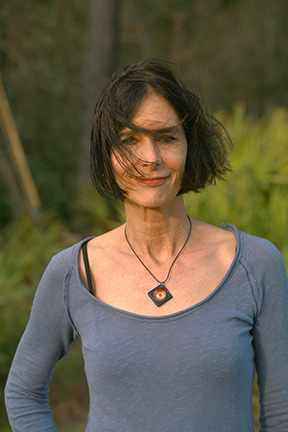
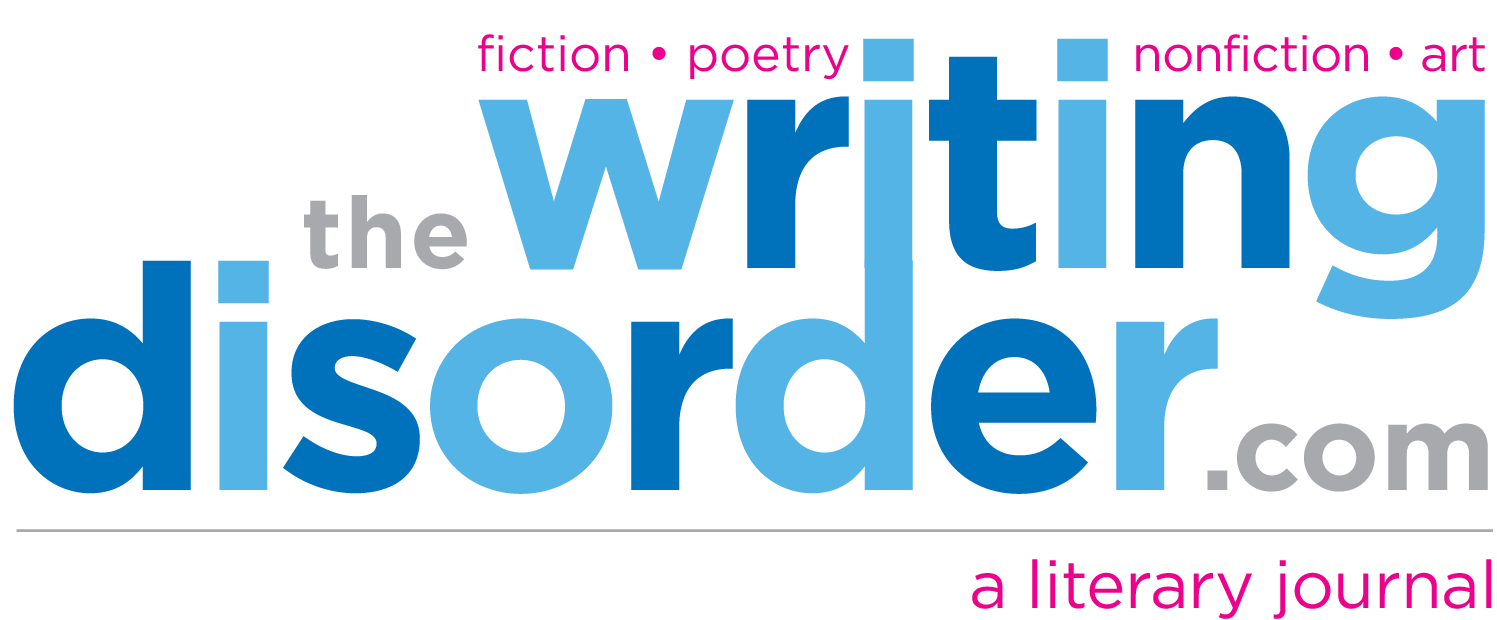
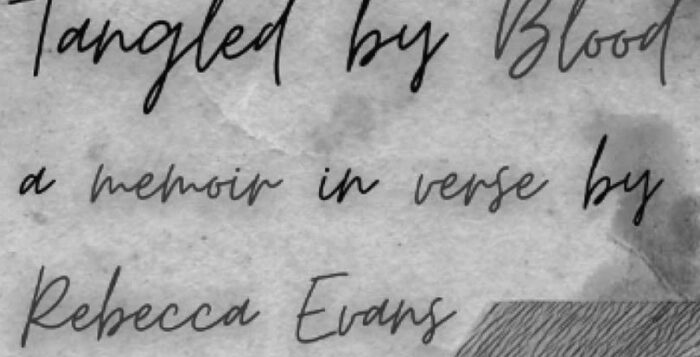
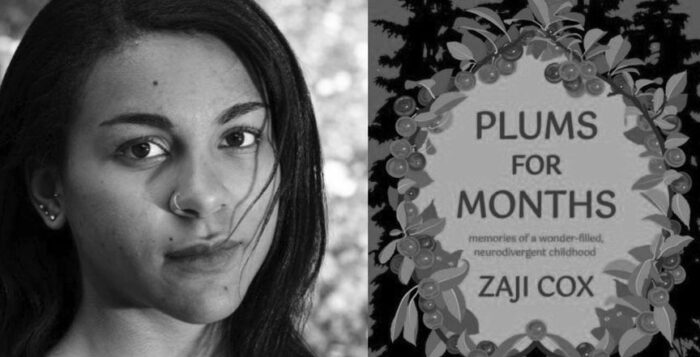
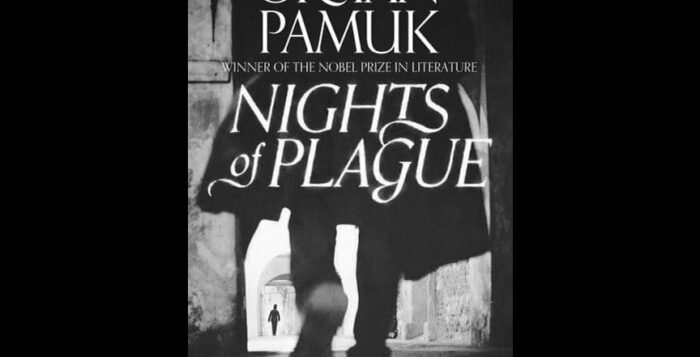
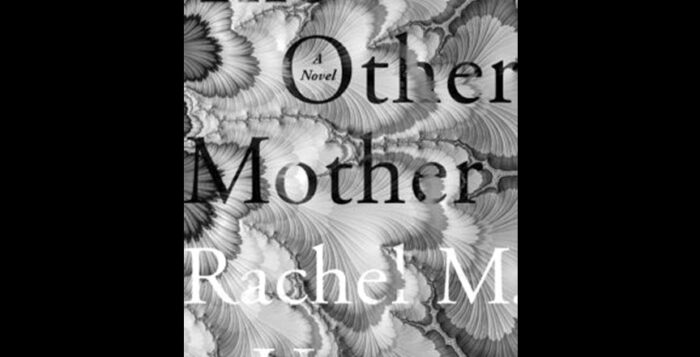
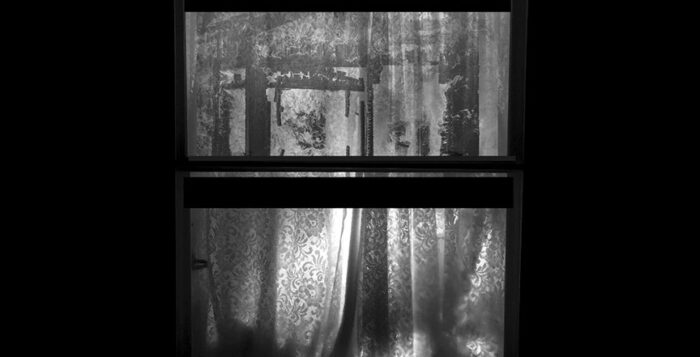
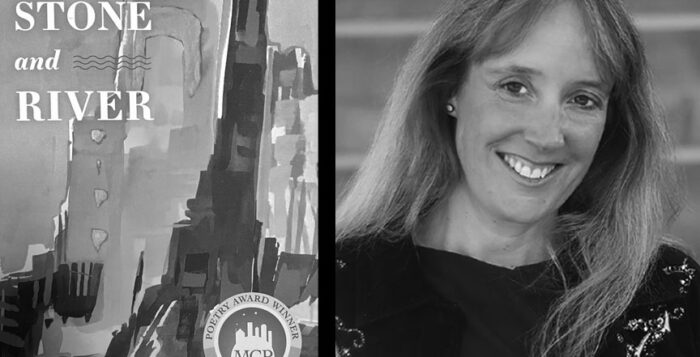
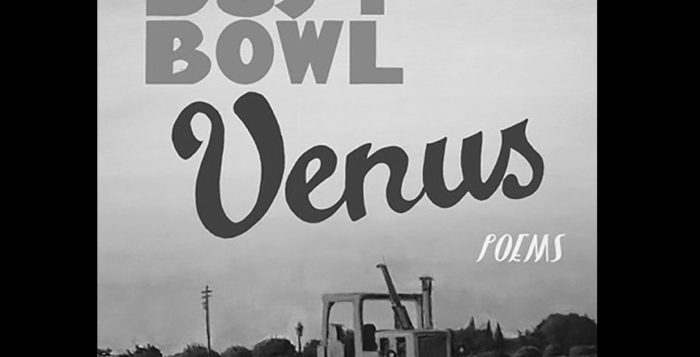
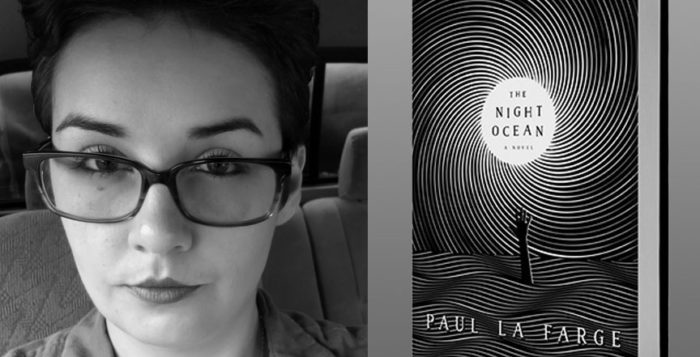

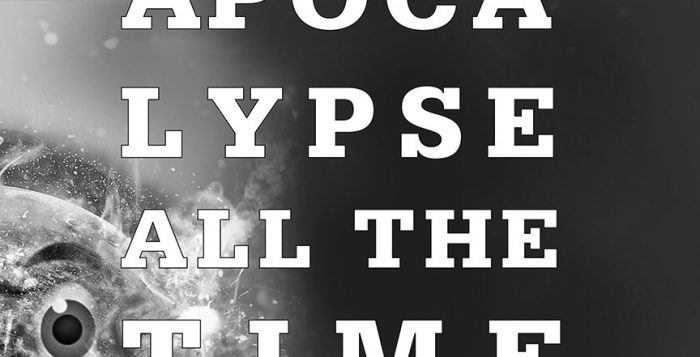
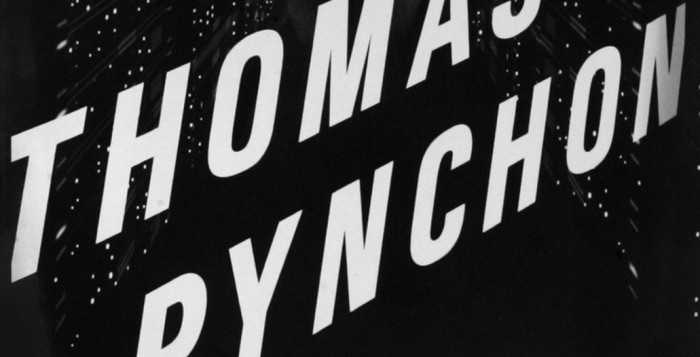
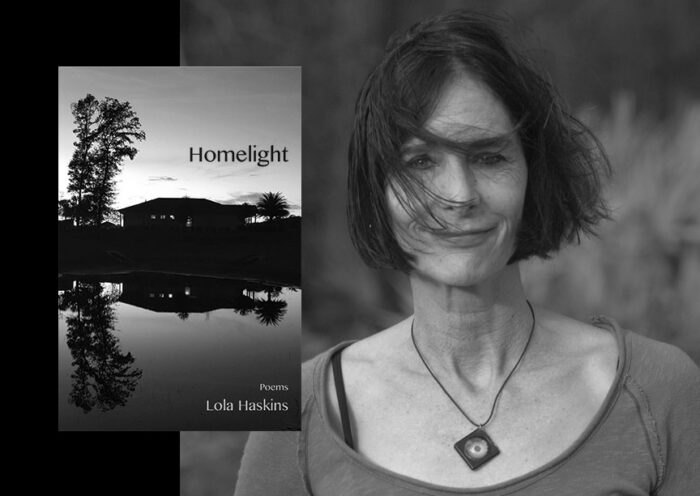

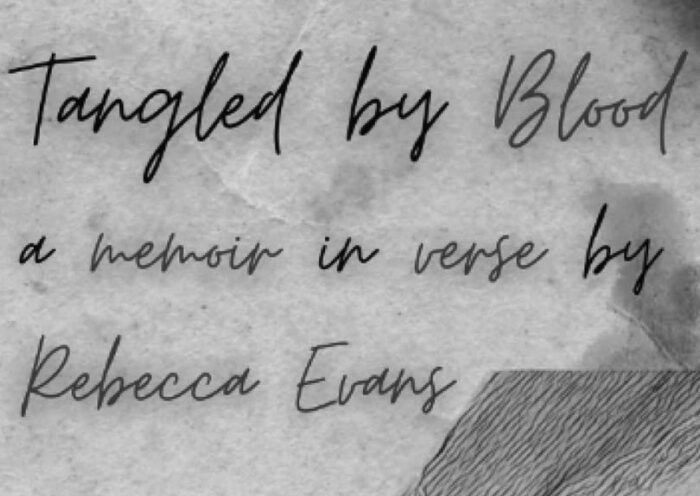
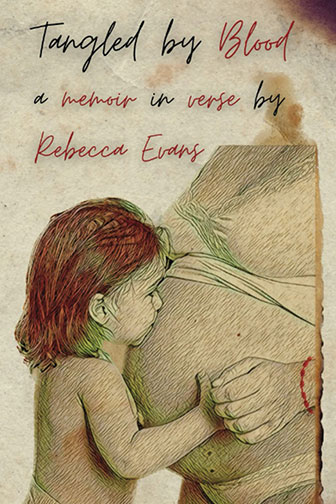

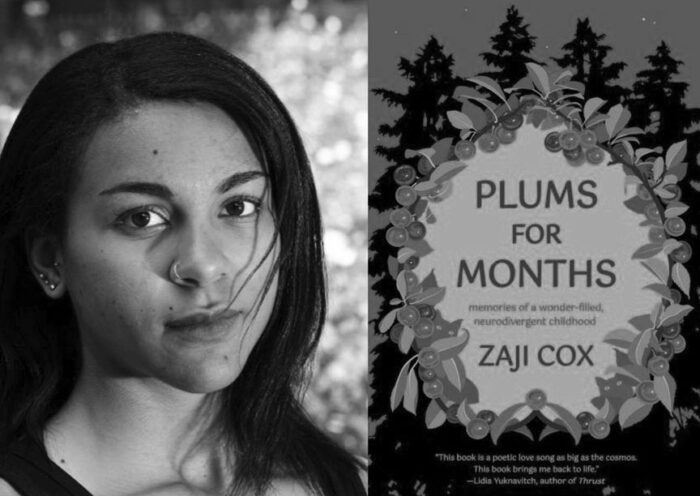

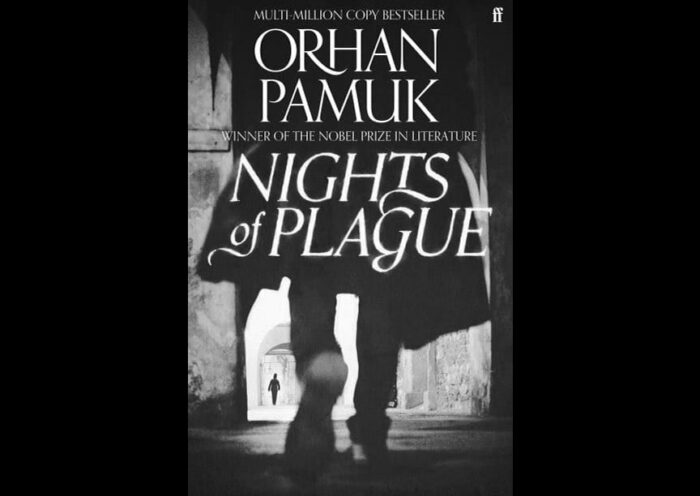
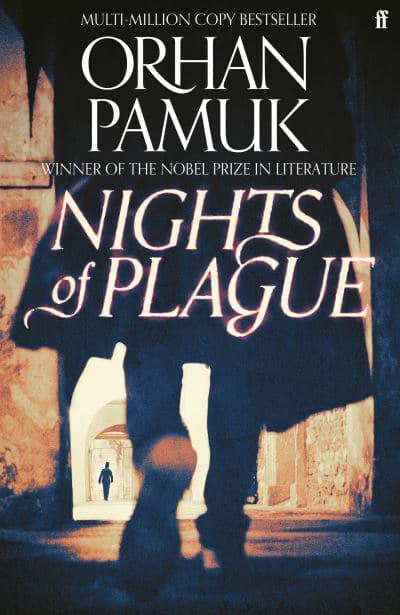
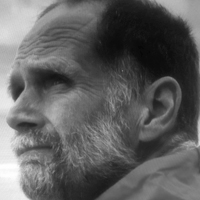
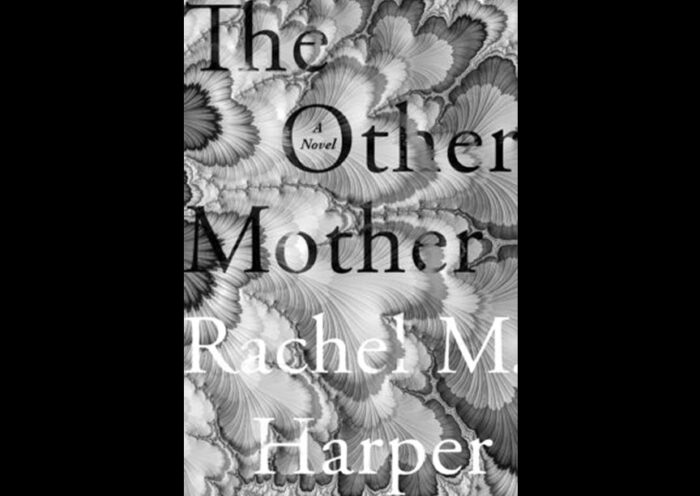
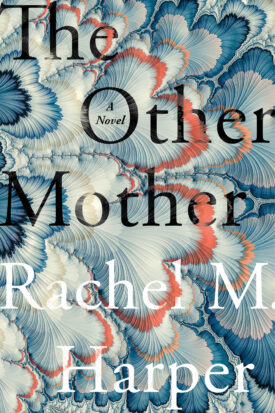

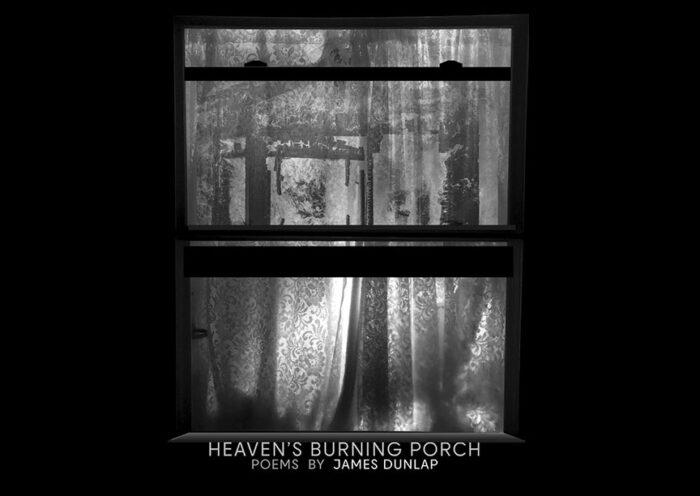
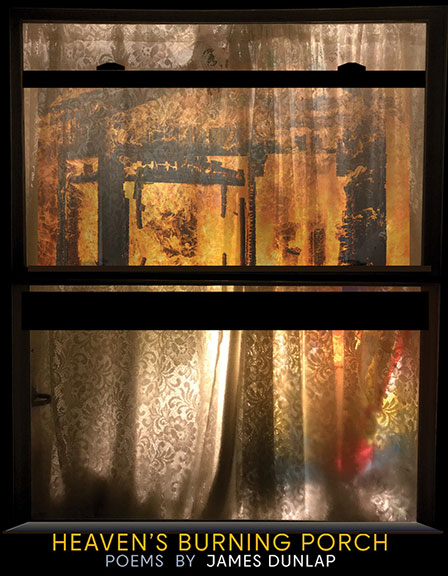

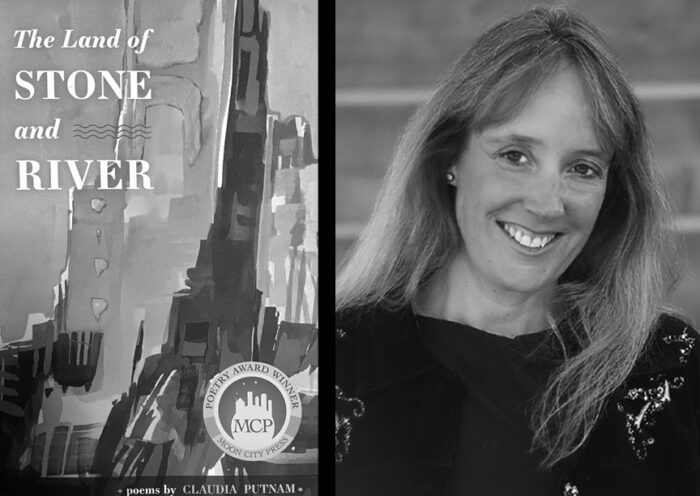
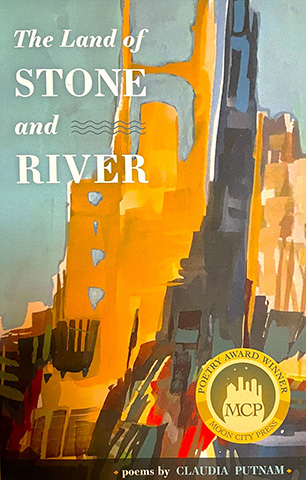



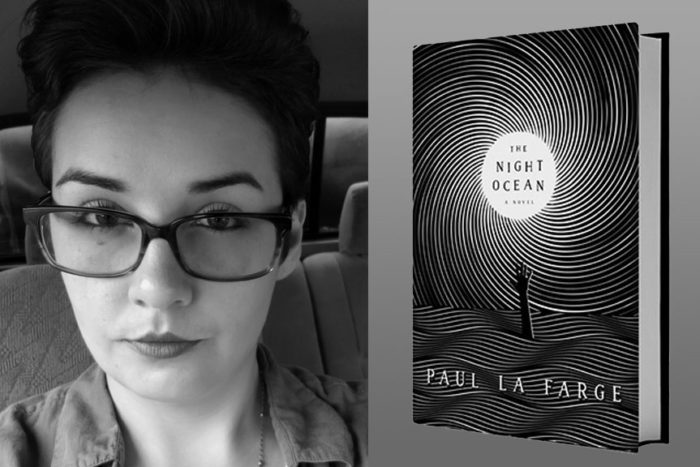
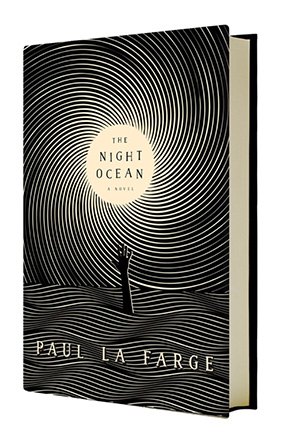
 Brittney graduated from Cal State Northridge with her bachelor’s in creative writing, and, after a short hiatus, found a master’s program in the same field through the University of Denver. Her goal to work in the publishing industry began when she served as editor for Cal State Northridge’s literary magazine’s spring 2014 issue, and has since been able to work with various publishers in both fiction and non-fiction.
Brittney graduated from Cal State Northridge with her bachelor’s in creative writing, and, after a short hiatus, found a master’s program in the same field through the University of Denver. Her goal to work in the publishing industry began when she served as editor for Cal State Northridge’s literary magazine’s spring 2014 issue, and has since been able to work with various publishers in both fiction and non-fiction.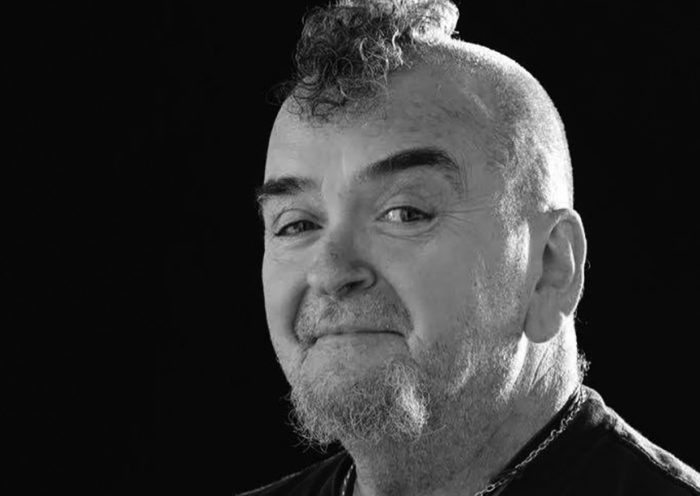
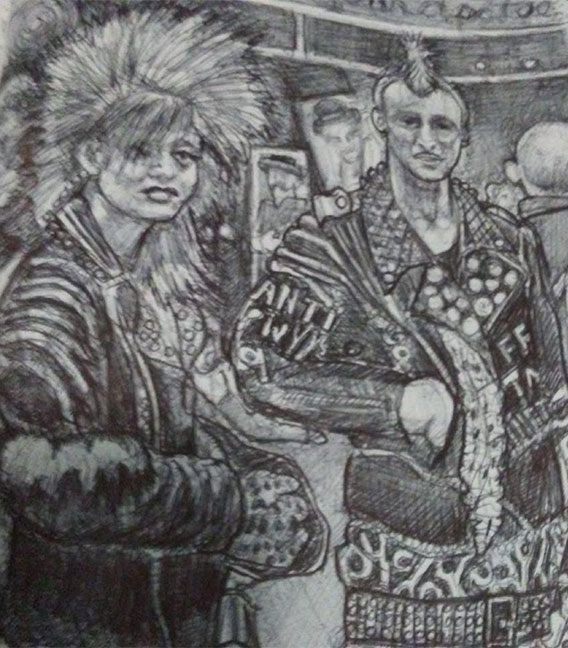
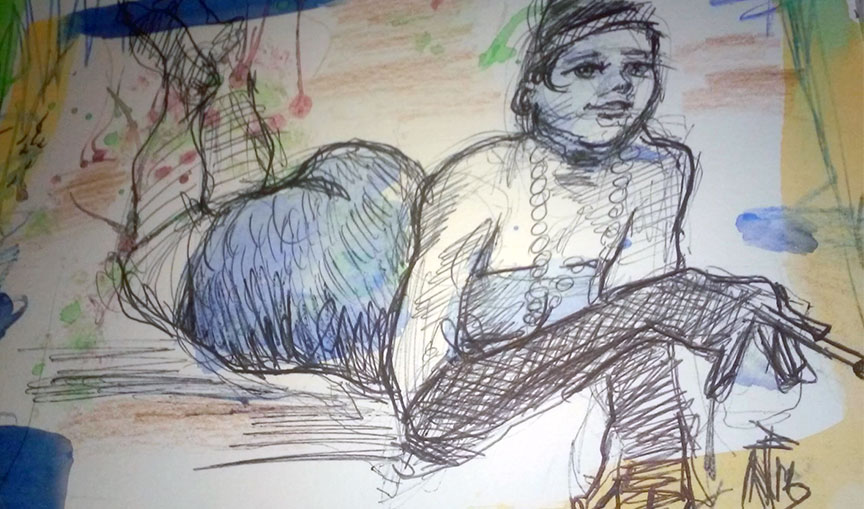
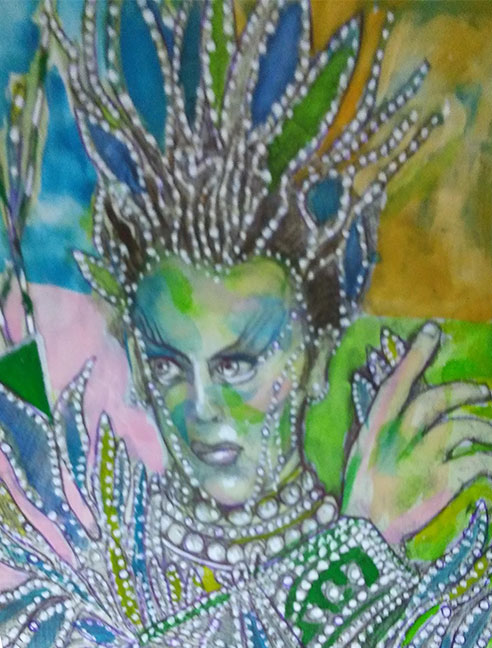

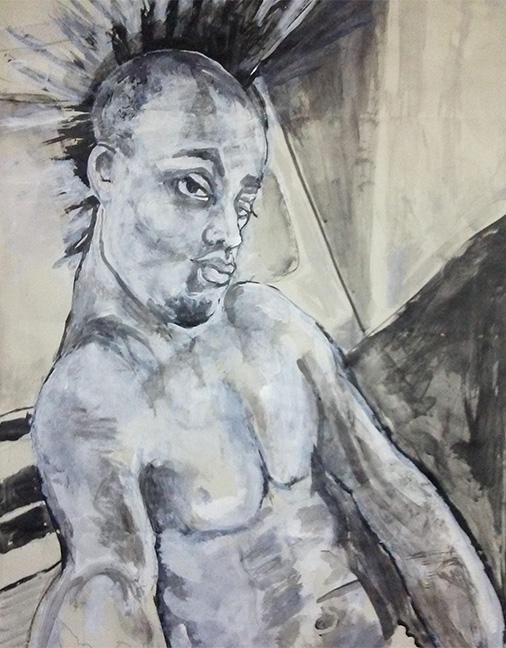


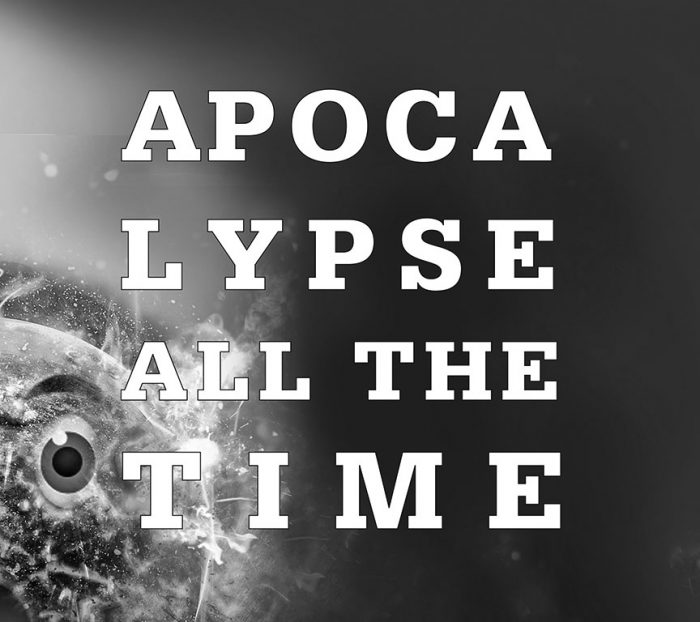
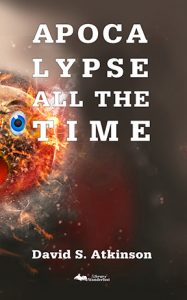
 Ryan Werner is a cook at a preschool in the Midwest. He plays an old Ampeg VT-22 in a loud, instrumental rock band called Young Indian. He’s online at
Ryan Werner is a cook at a preschool in the Midwest. He plays an old Ampeg VT-22 in a loud, instrumental rock band called Young Indian. He’s online at 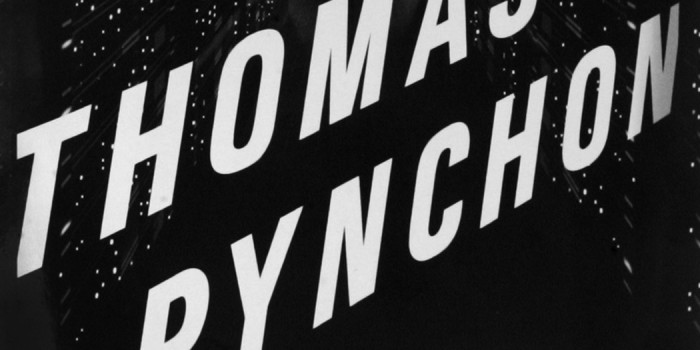

 David Letzler teaches English at Queens College in the City University of New York and lives in Briarwood, Queens with his wife and cat. He’s just finished his dissertation on the enormous novels of Thomas Pynchon et al, so you can trust that he basically knows what he’s talking about. Most of the time, he promises, he likes Pynchon more than Michiko Kakutani does.
David Letzler teaches English at Queens College in the City University of New York and lives in Briarwood, Queens with his wife and cat. He’s just finished his dissertation on the enormous novels of Thomas Pynchon et al, so you can trust that he basically knows what he’s talking about. Most of the time, he promises, he likes Pynchon more than Michiko Kakutani does.